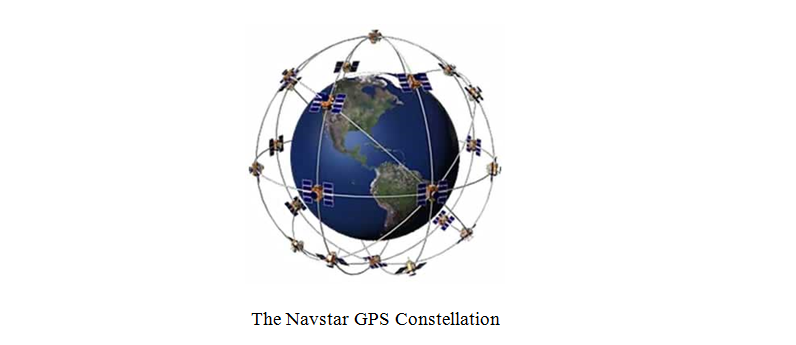-
Authoradmin
-
Comments0 Comments
-
Category
How GPS works ?
Over the years, people have used a variety of techniques to navigate across the globe. Traditionally, people relied on stars and landmarks to travel between various locations, while maps and compasses helped to prevent people from getting lost.
The advent of the Global Positioning System, or ‘GPS’ for short, means people no longer have to rely on these traditional (and often complex) positioning techniques to find their way around. The GPS project first began in 1973 and became fully operational in 1994.
The system is run by the United States Department of Defence and was originally intended for military applications only, but was made available for public use on completion. The GPS system consists of a network of 24 active satellites (and 8 spares) located nearly 20,000 km above the earth’s surface – that’s the same as driving from Melbourne to Perth six times! Each satellite broadcasts different signals which can be tracked by a GPS receiver on earth, which are then analyzed by the GPS receiver to determine its precise location.
The signals operate in all weather conditions but can’t penetrate through solid objects, so GPS receivers perform best when they have a clear view of the sky. GPS receivers come in all different shapes and sizes, are widespread and are affordable. Today, GPS receivers can be found in watches, phones, tablets, computers, cars and a wide variety of other devices

